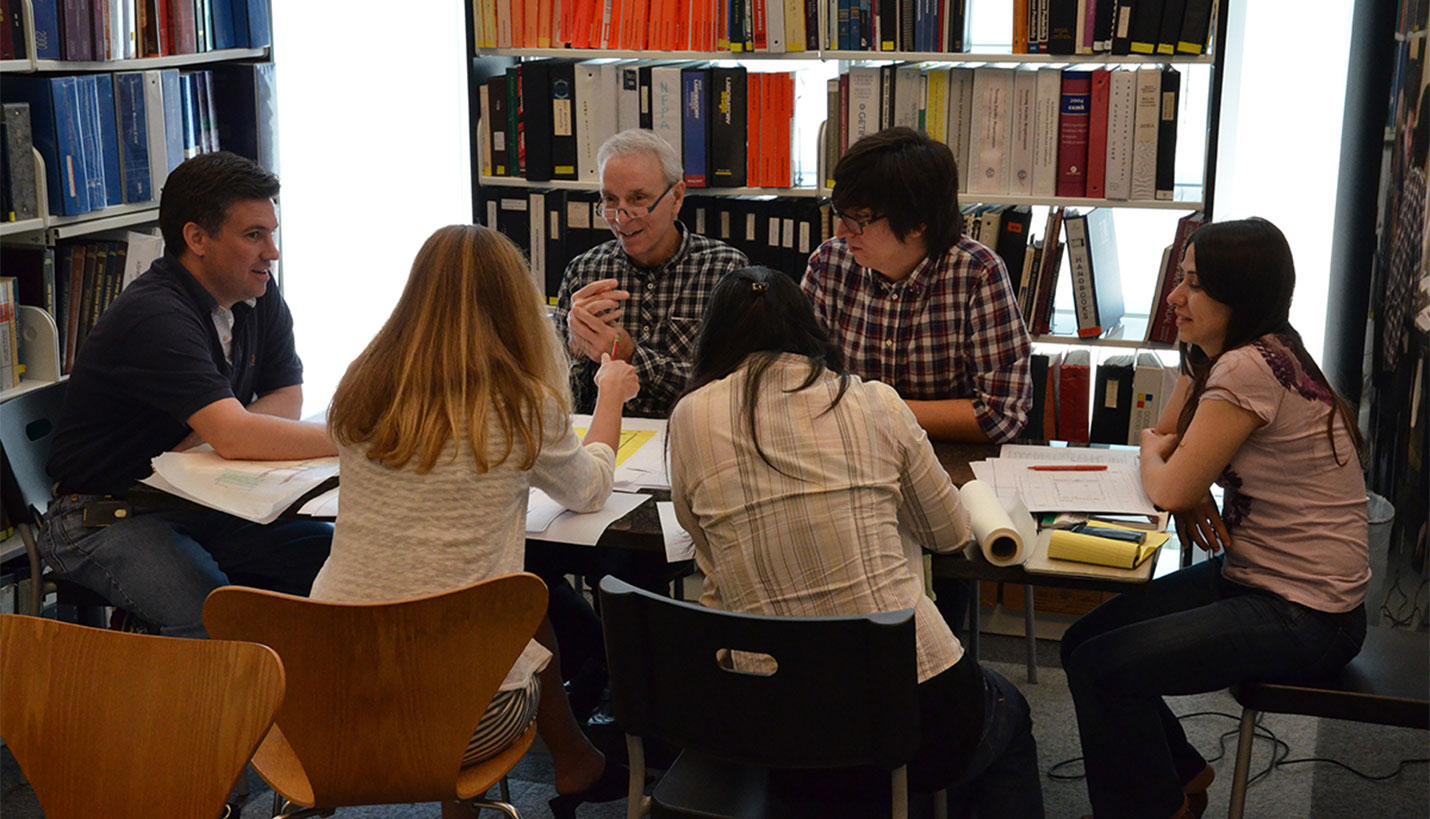

We Need to Do This: Give Credit to All
Why is it, as architects, we seem to focus exclusively on just one person’s role in the making of buildings? To read most of our professional publications, you would think a single mind conceives these things, and then they magically happen. Just as the credits roll for several minutes at the end of a movie, the architectural profession should find a way to acknowledge the teams of people involved in designing and constructing a project. A remarkable scope of blue collar, white collar and no collar workers in building (as in film-making) contribute their business savvy, creativity, discipline, visual sophistication, brains, brawn, gross motor skills, fine motor skills, organizational talent, wisdom, hard work and much more to the collective enterprise.
Could we, as architects, do a better job of realistically portraying how – and by whom — buildings come about and what our role is in the process? Absolutely! But we often seem so self-absorbed and so obsessed with getting our due credit that we fail to even see how much our success depends on working together.
Did Ayn Rand do this to us? Has Howard Roark left such a deep psychological scar on our profession that we just have to see ourselves as tortured loners? Or was it Bannister Fletcher, Siegfried Gideon and all the others who professionalized architectural history as a field and realized that the storytelling about buildings might be stronger if populated by larger than life figures who got sole credit? (It is, of course, also much easier to remember just one name per building for those slide identification questions on an architectural history exam.)
I certainly do not mean to diminish the critical importance of leadership and outstanding achievement. Gehry, Hadid and Foster each deserve a lot of credit for their seminal roles. It is just strange to personalize the architectural effort in such a deceptive way that diminishes the role of so many others. Can’t we write articles on and acknowledge with some detail the role of multiple players per building?
Lately there has been rightful furor over the fact that Le Corbusier is given credit for work done with (or by) his female collaborator, Charlotte Perriand; that Alvar Aalto is given credit for work done with (or by) his collaborators and wives, Aino Aalto and Elissa Aalto; and that Louis Kahn is given credit for work done with (or by) his female collaborator, Anne Tyng. Most recently and vociferously, there has been outrage at the fact that Robert Venturi has been given credit for work done with (or by) his collaborator and wife, Denise Scott Brown. All of this is patently unfair! But isn’t it also unfair that dozens of men who also collaborated with Le Corbusier, Aalto, Kahn and Venturi also get diminished in our bizarre propensity to see the role of the architect as a highly individualized thing?
Maybe things are changing just a little. Earlier this year, the National AIA Board of Directors voted that the AIA Gold Medal could go to very close collaborators and not just individuals, as has always been the case in the past. High time! The Nobel Prize has been given to groups of people for ages. If physics, chemistry and medicine can be acknowledged as fields that rely on collective efforts, then why not architecture?
We have recently been through a period where the visible expression of our discipline to the public has been starchitects and a worship of the myth of the individual. In that same period we have seen the power of our profession wane. Maybe it’s time drop the dramatic cape and beret and to portray our field in a more honest way that emphasizes collective strengths—our ability to work together as strong professionals locked arm in arm with our fellow professional in other disciplines to create extraordinary cultural artifacts.
Then we should let the credits roll!
For an expanded version on this topic, please see my recent article in the The Architects Newspaper on page 30.
Contributed By
Larry Speck, FAIA
12/14/2013








